Hundreds of goats are ‘matriculating’ on Northeastern’s Oakland campus: ‘Everybody wants to see them’
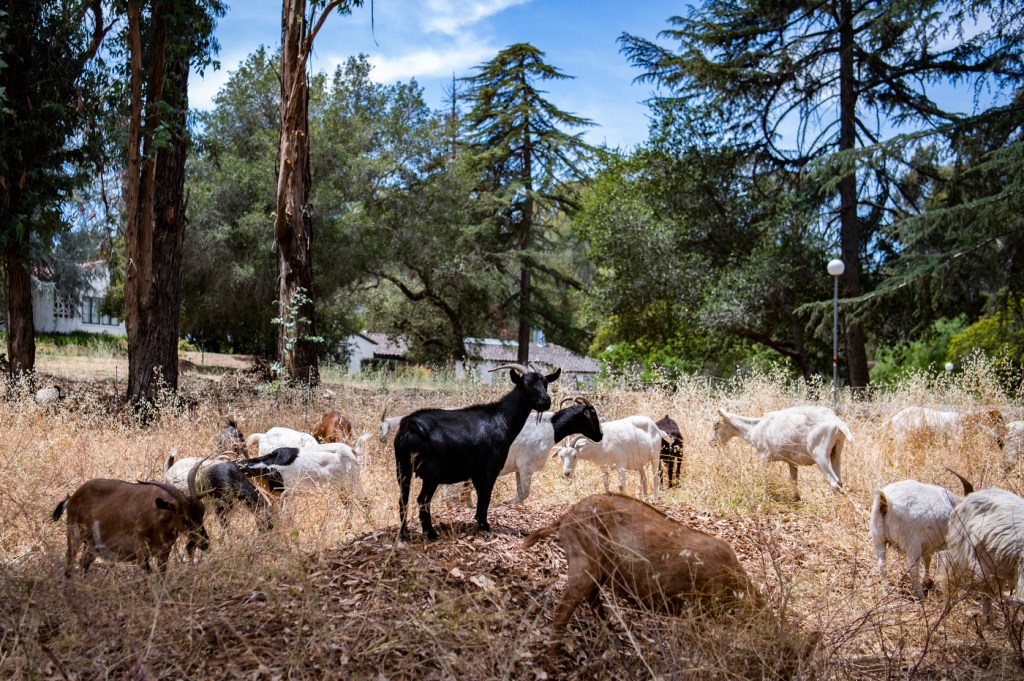
OAKLAND, Calif.—Some have horns, some don’t. Some are black with brown spots, or brown with black spots. Some are white, some have beards. Some have long, flowing, chocolate-colored coats.
Each goat on Northeastern University’s Oakland campus looks a little bit different. But no matter their phenotype, they all have the same goal: to eat.
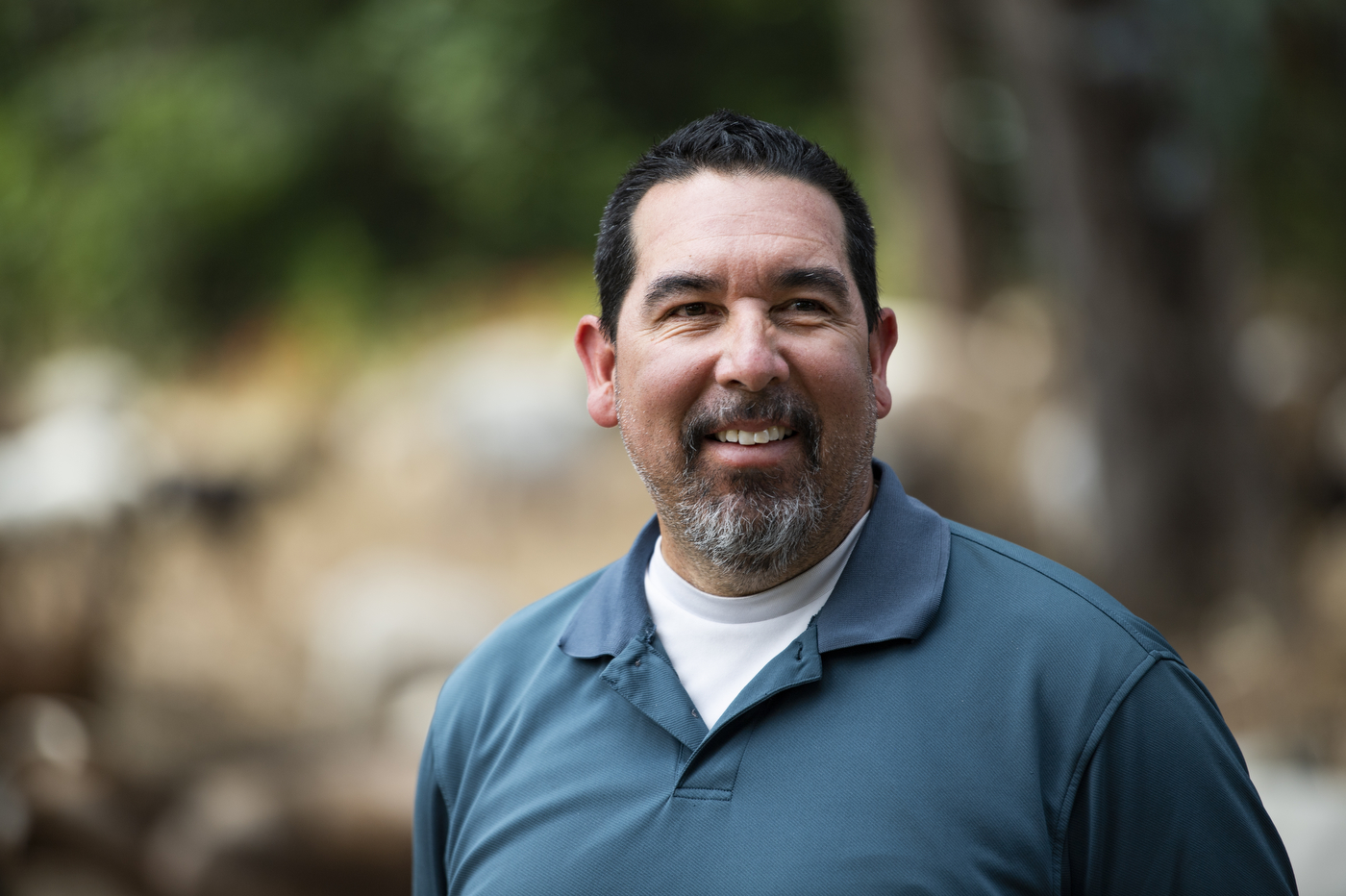
For two to three weeks each summer, a herd of around 300 goats of all shapes and sizes eats the foliage at the edge of the 135-acre campus. They’ve been spending their summers on campus on and off for the past 25 years, helping to keep the campus beautiful and prevent wildfires.
“They are a very useful tool,” Grounds Chief Ronald Galvan said.
Those who want to avoid the headbutting creatures have nothing to fear, as the herd does not have the run of the campus. The goats, which come in a variety of breeds (Angora, Alpine, Spanish, Boer, Pygmy, La Mancha and Nubian, according to the goat company website), are fenced off in a zone on the campus border for a couple of days at a time. A herder stays with them 24/7, along with a trusty border collie. When the goats have wiped an area clean, the herder turns off the electric fence and creates a path to more trees.
Thus begins a mad dash for greener pastures. Over the next few minutes, 300 goats sprint to the next area, then clamber for space and stand up to grab the greenest leaves from the untouched trees.
“They eat up anything and everything that’s in their path,” Galvan said. “Especially if it’s green.” They also eat some bark, he said, as well as poison oak.
Galvan keeps the herd on the outskirts of campus in order to keep them from destroying the campus’ more manicured areas, which he maintains by hand, and to prevent people from interacting with the goats.
“Everybody wants to see them,” he said.
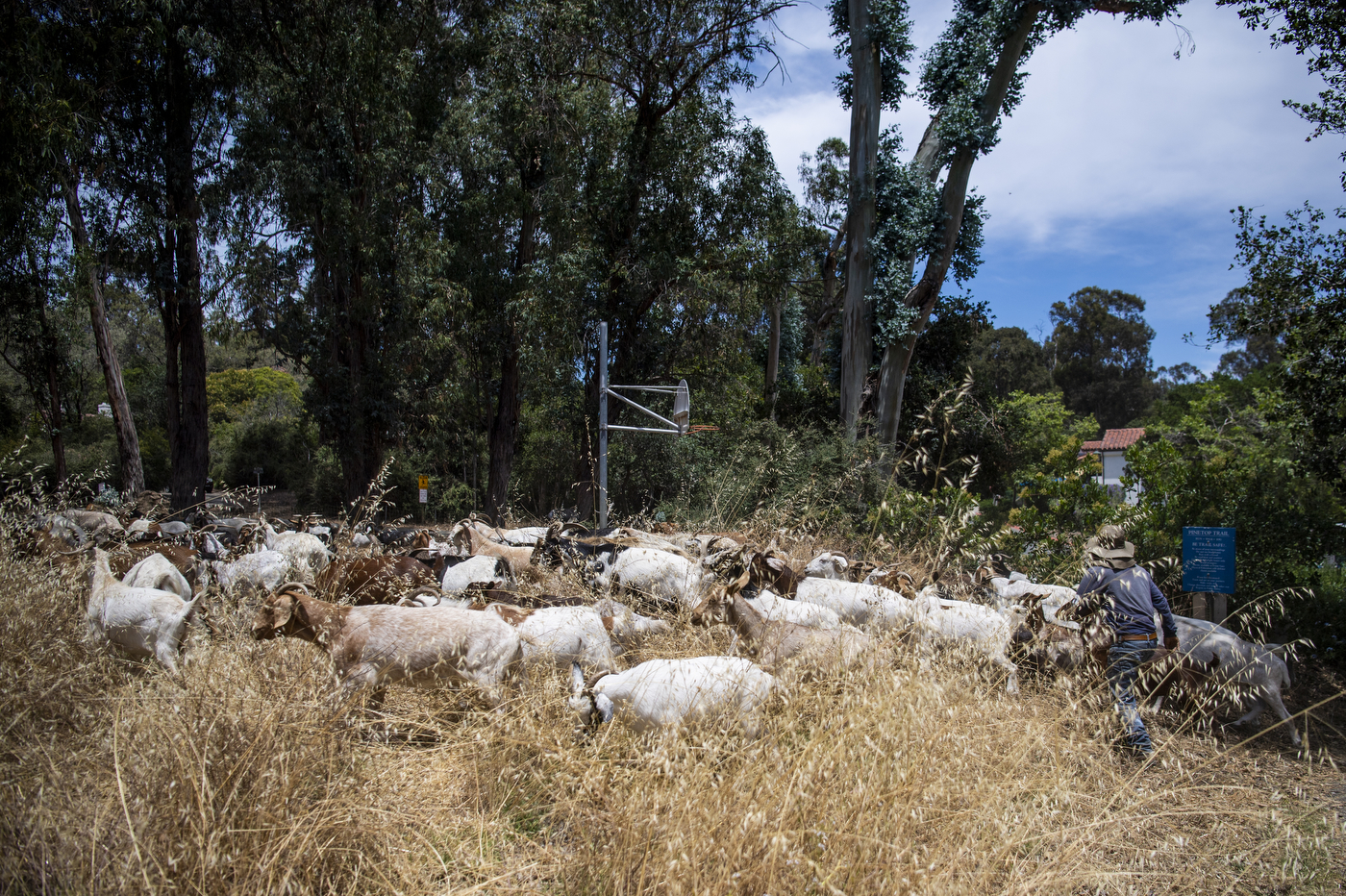
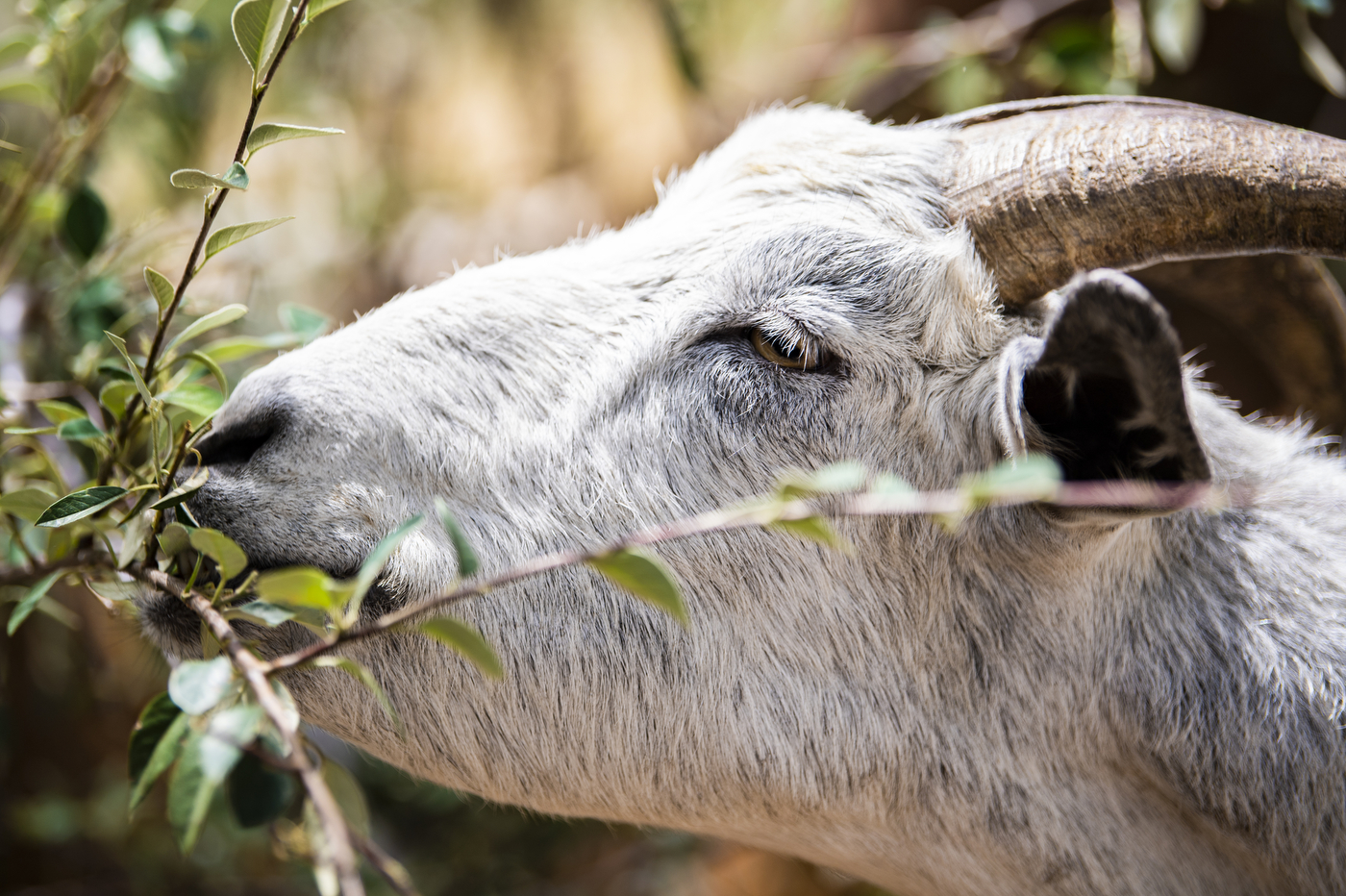
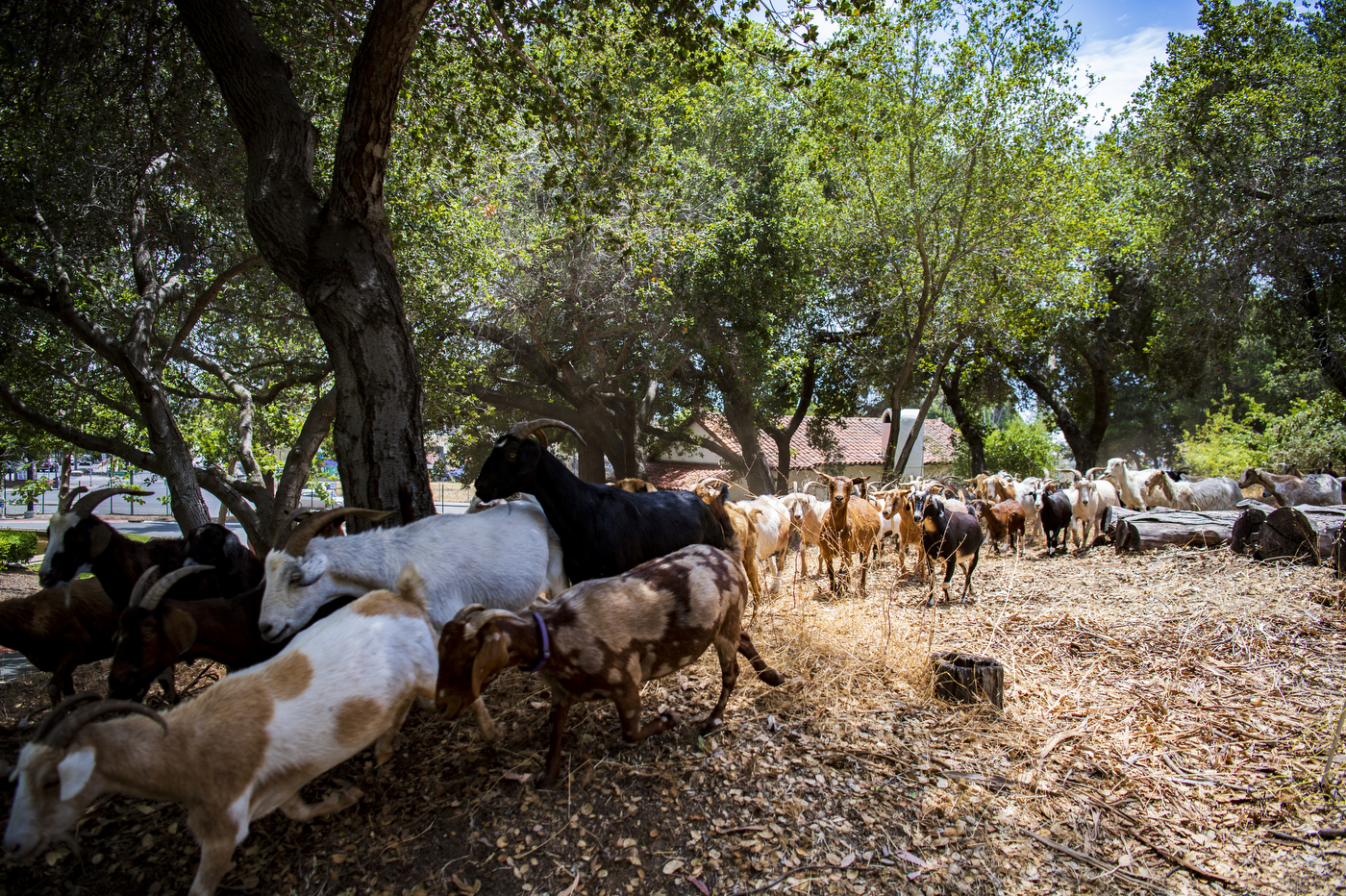
They may have a celebrity status on the Oakland campus, but goats are actually becoming a more common means of maintaining natural spaces in the area, especially in response to the impacts of climate change. According to National Geographic, 2 million acres of California land burned in 2021, and meteorologists predict that 2022 won’t be much better. In response, lawmakers at the city, county and state level are supporting using goats to maintain natural areas, Galvan said, in what he calls a rising trend. The company that Northeastern hires, Goats R Us, has seen business boom since it was founded in 1995, he said.
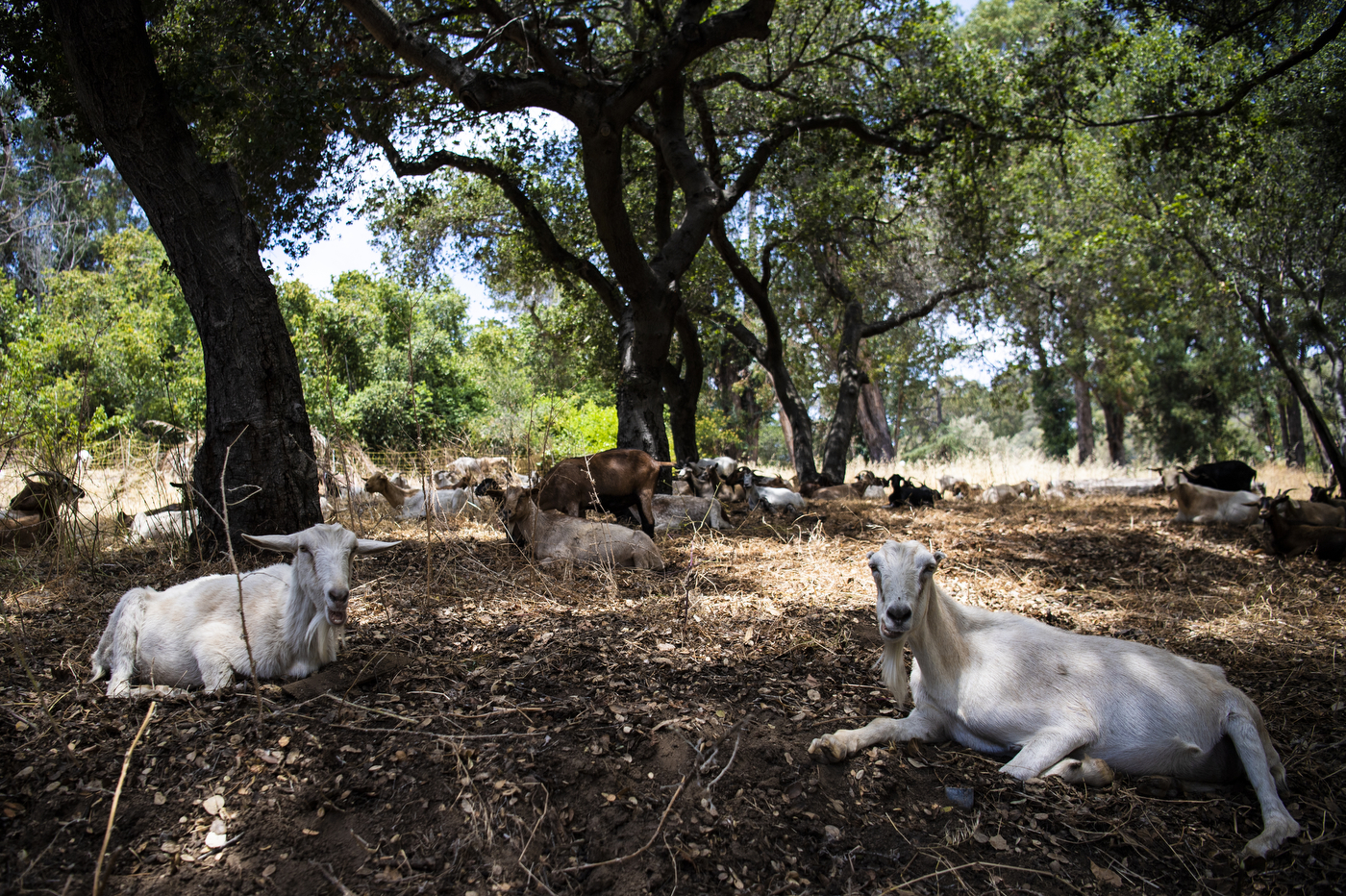
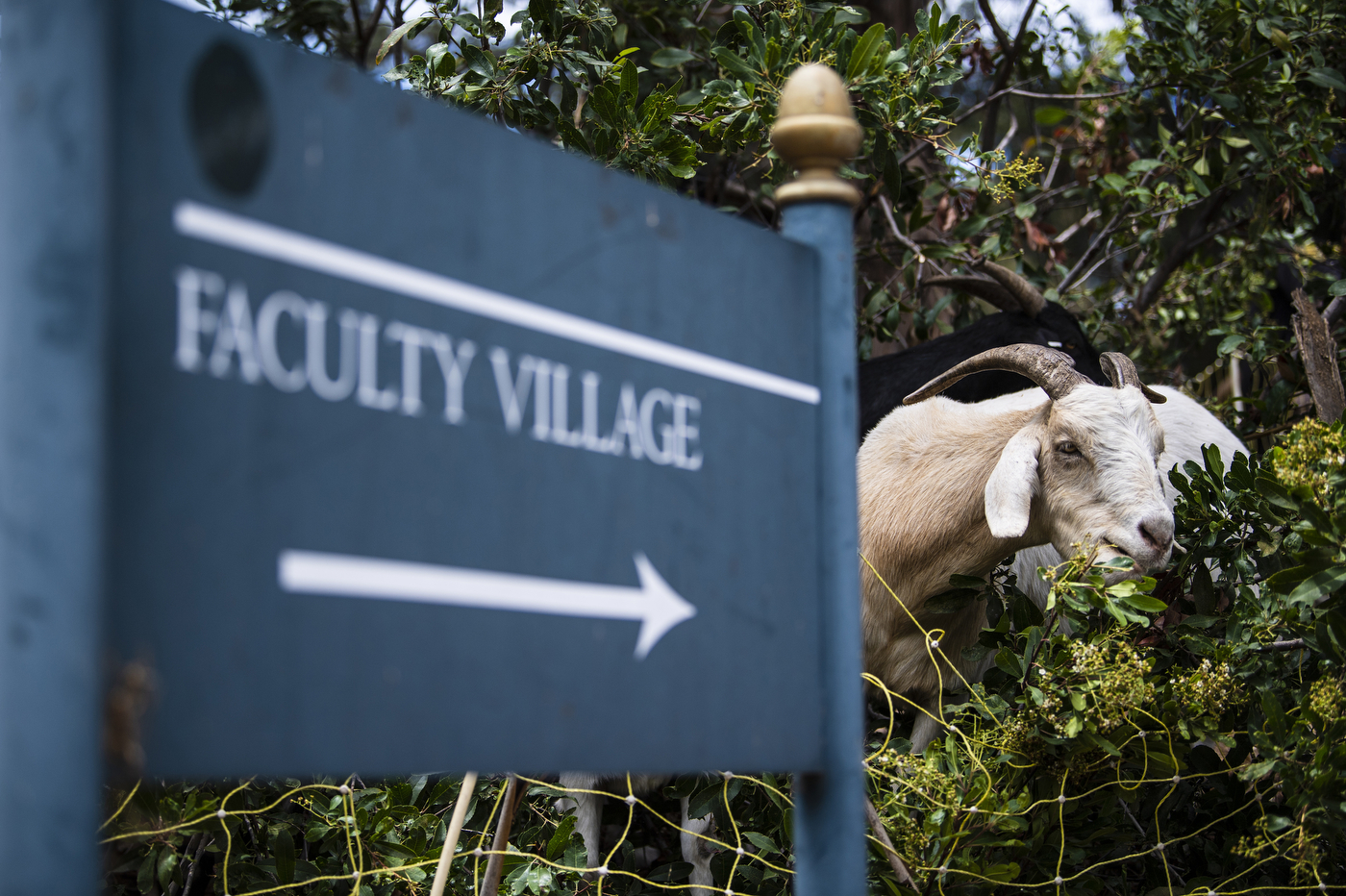
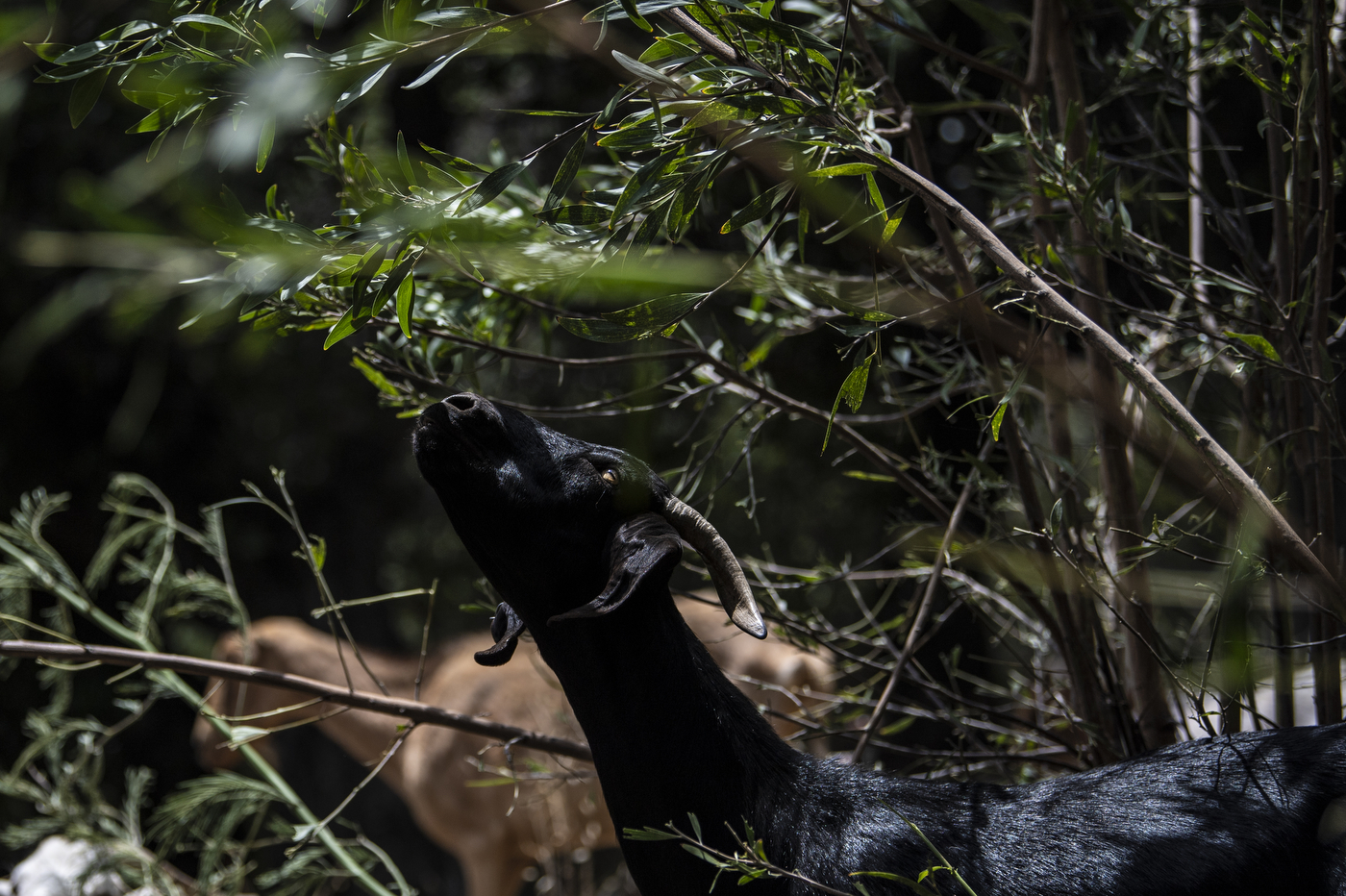
“When we first started using them, they were one of the very few companies around here in northern California,” Galvan said. “There are quite a few more now.”
The hope is that by the time the fire department comes around for its regular campus visit, the goats have cleaned up enough brush for Northeastern to pass inspection. This is especially important at a place like Northeastern, as the historic buildings are more flammable than modern ones.
“Almost 100% of the buildings are wood framed underneath,” Galvan said. Each year he tries to have the goat work finished by July Fourth, when nearby residents, in defiance of ordinances meant to protect the area from wildfires, will no doubt shoot off fireworks.
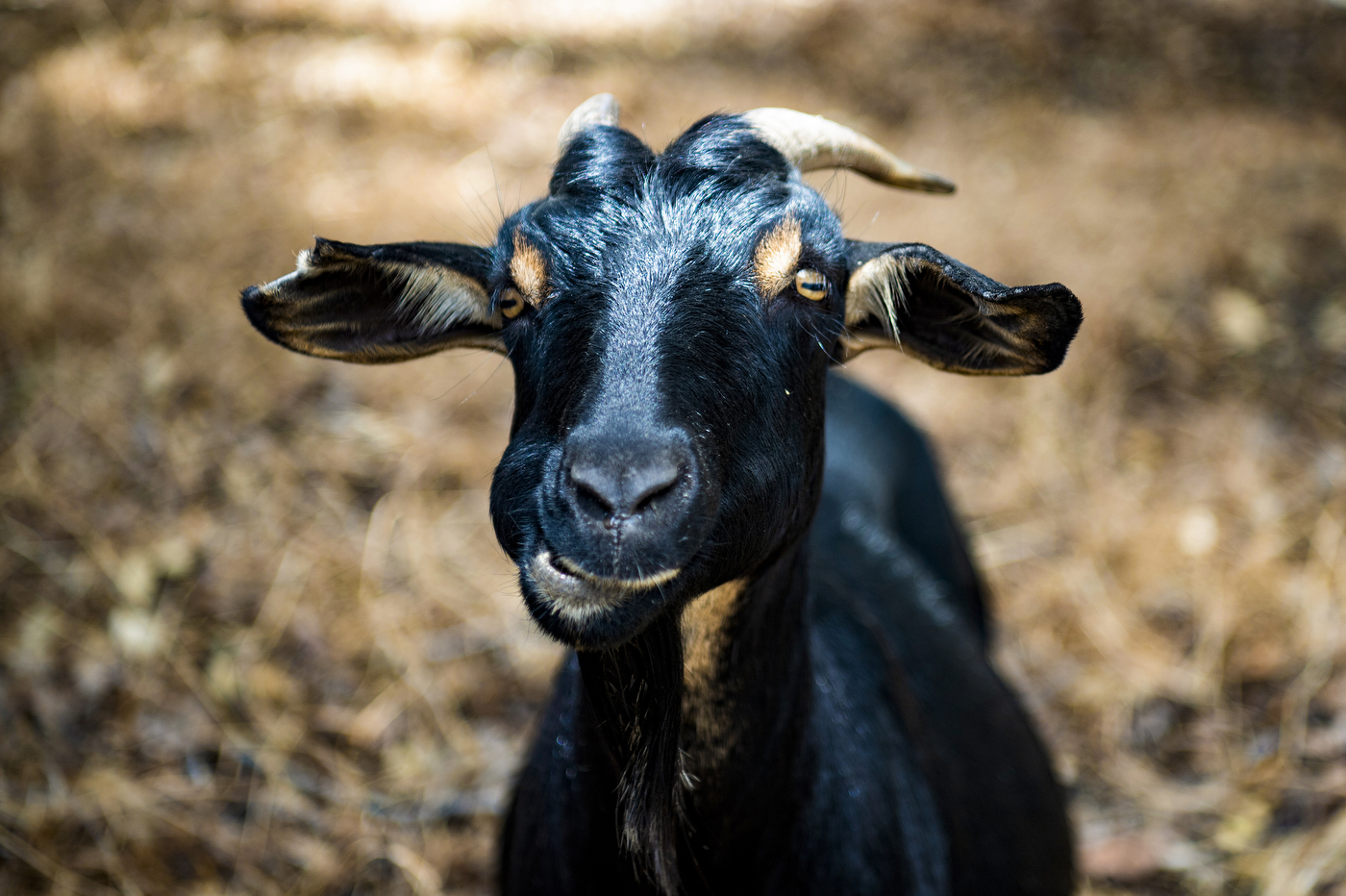
The goats protect the environment in other ways, by preventing the grounds crew from needing to use gas-powered tools that send harmful exhaust into the atmosphere. (These tools will be banned in the state by 2024, and Galvan has already started to prepare by purchasing battery-powered ones.)
What’s more, the herd saves Galvan and his crew from the physical toll of taking care of the massive natural space. The noise of the lawn care machines, plus the dust they send into the air, can be harmful—not to mention the physical strain of garden work, which the goats mitigate by working in the hilliest and most overgrown areas. With only seven workers manning the entire campus, he said, “this saves me a lot of manpower,” and helps prevent injuries.
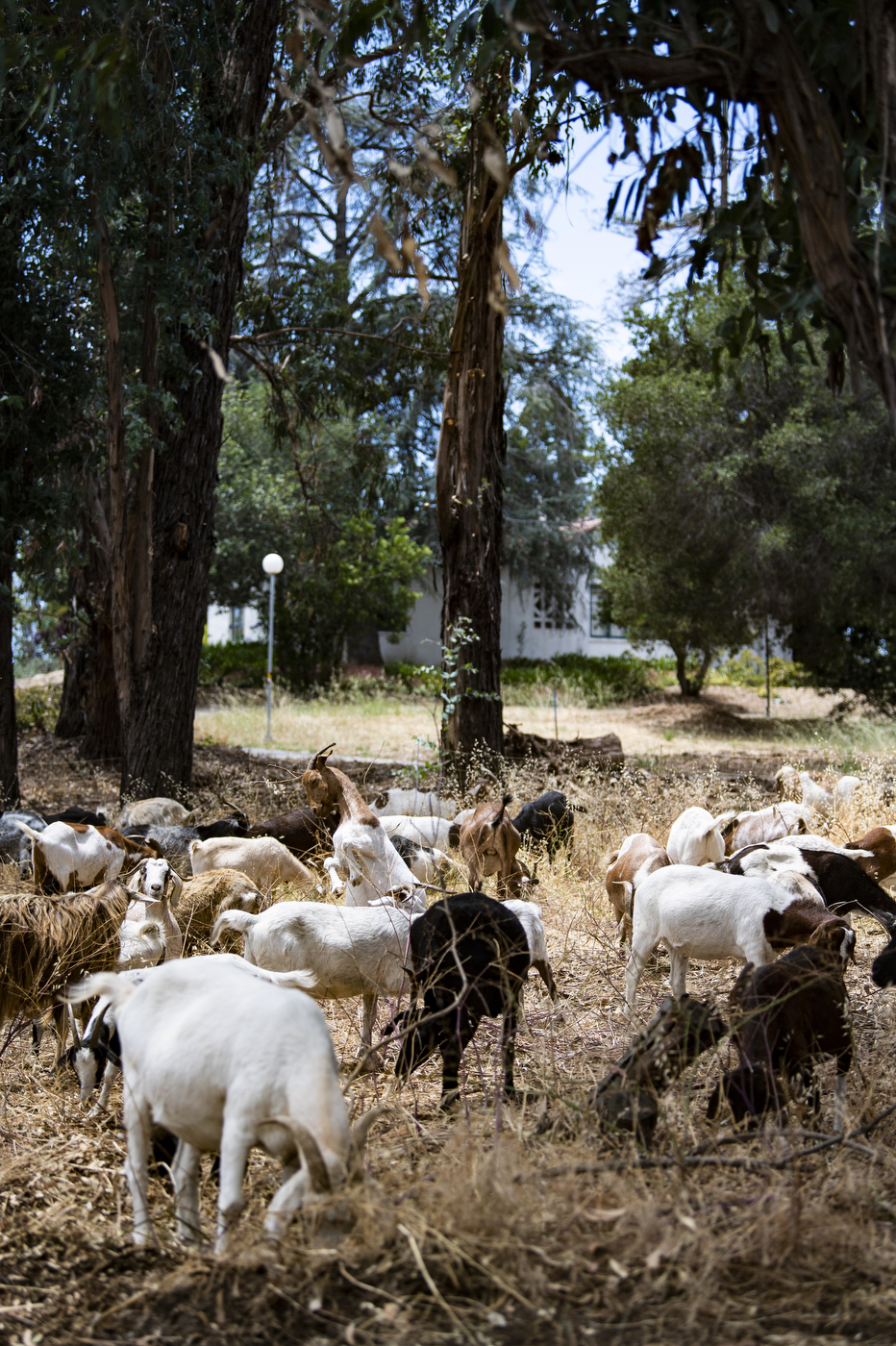
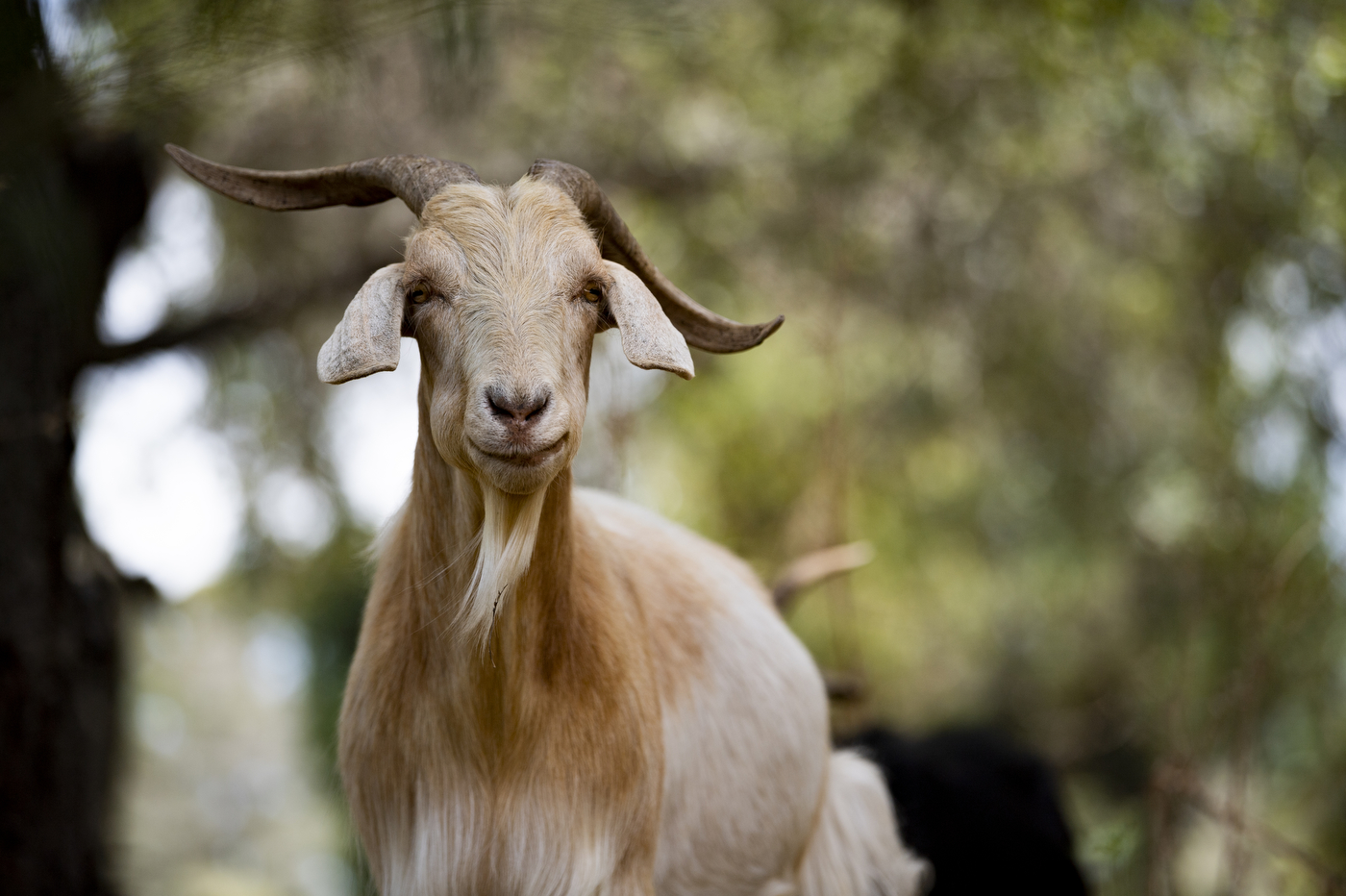
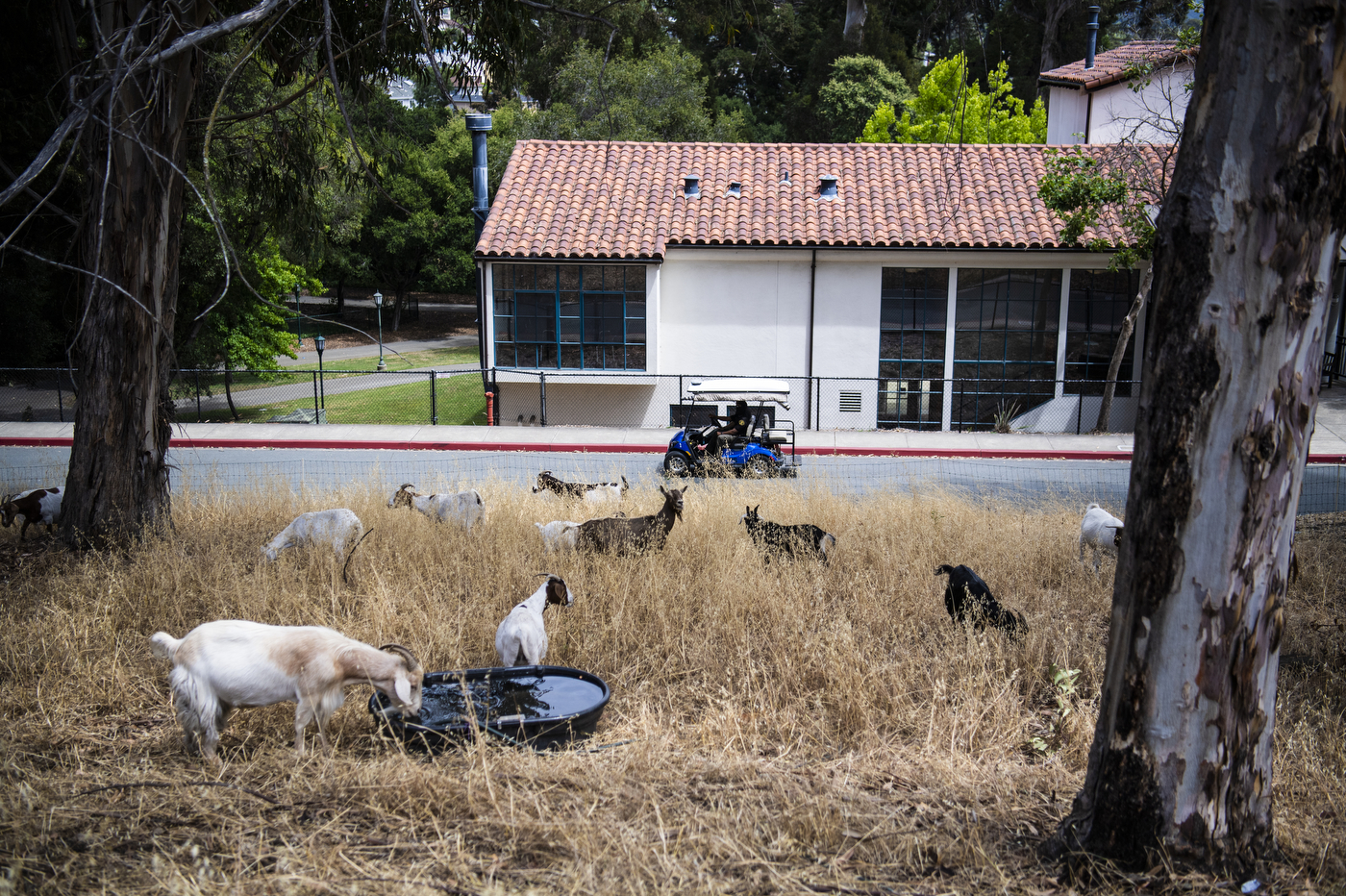
When the goats are finished on Northeastern’s Oakland campus, they’ll move to another site, then another, and another. Goats R Us is booked out months in advance, Galvan said. The family owned and operated business started out with just 54 goats, which husband and wife team Egon and Terri Oyarzùn used to clear brush and poison oak from their neighbors’ properties. Since then, they’ve started to breed goats specifically for the job, “to create the ultimate grazing machine,” according to the company website, and now, their herds work year-round.
That’s not to say the goats don’t get a chance to rest. The goats are most “active”—i.e., the hungriest—in the early morning and the late evening, Galvan said. In the early afternoons, though, you can spot them lounging in the grass, chewing, their jaws moving side to side. Occasionally, they fight. When the herder moves the fence and the border collie comes around, the goats scramble up and move as if they’ve been caught slacking on the job, and the mad dash begins again.
For media inquiries, please contact media@northeastern.edu.






